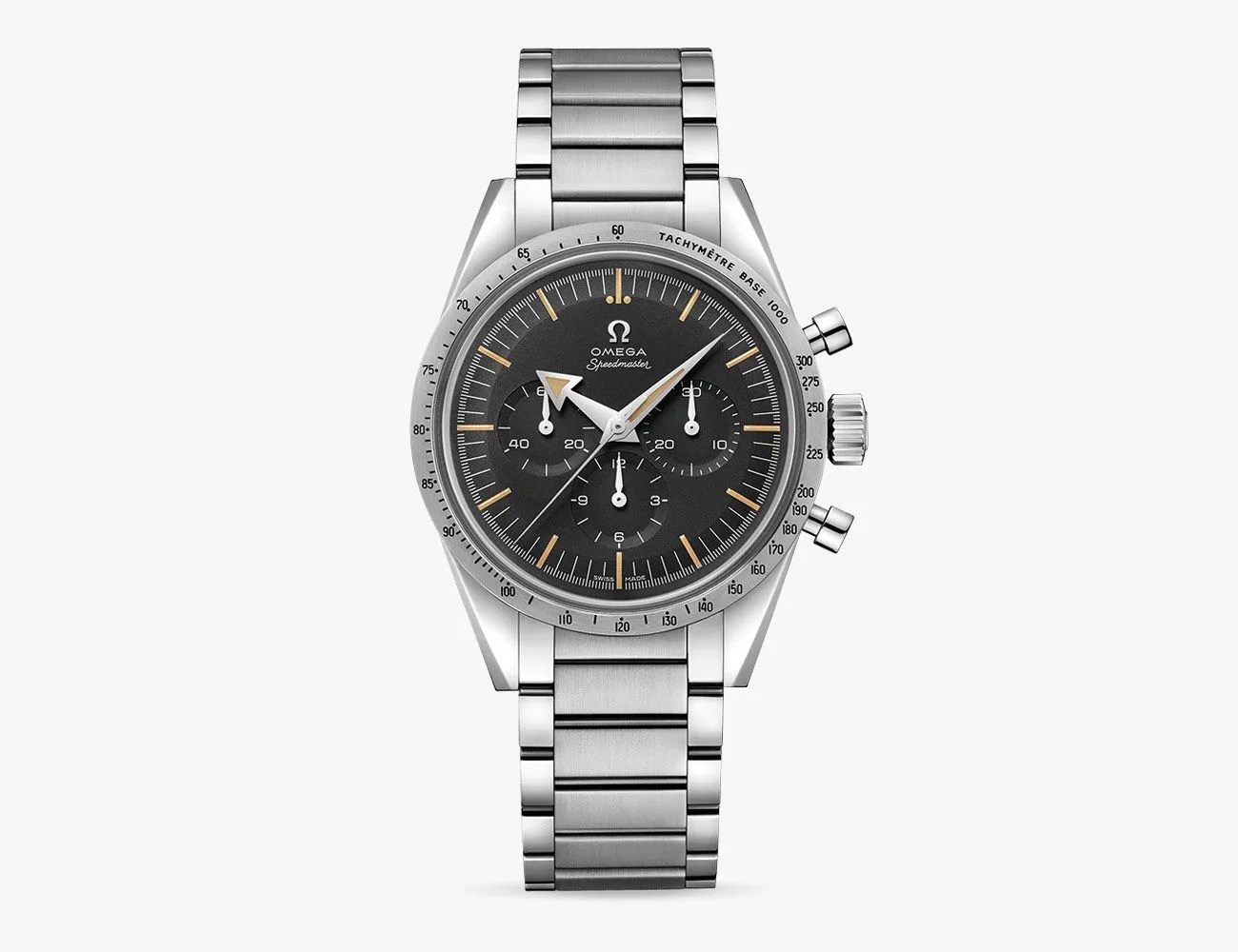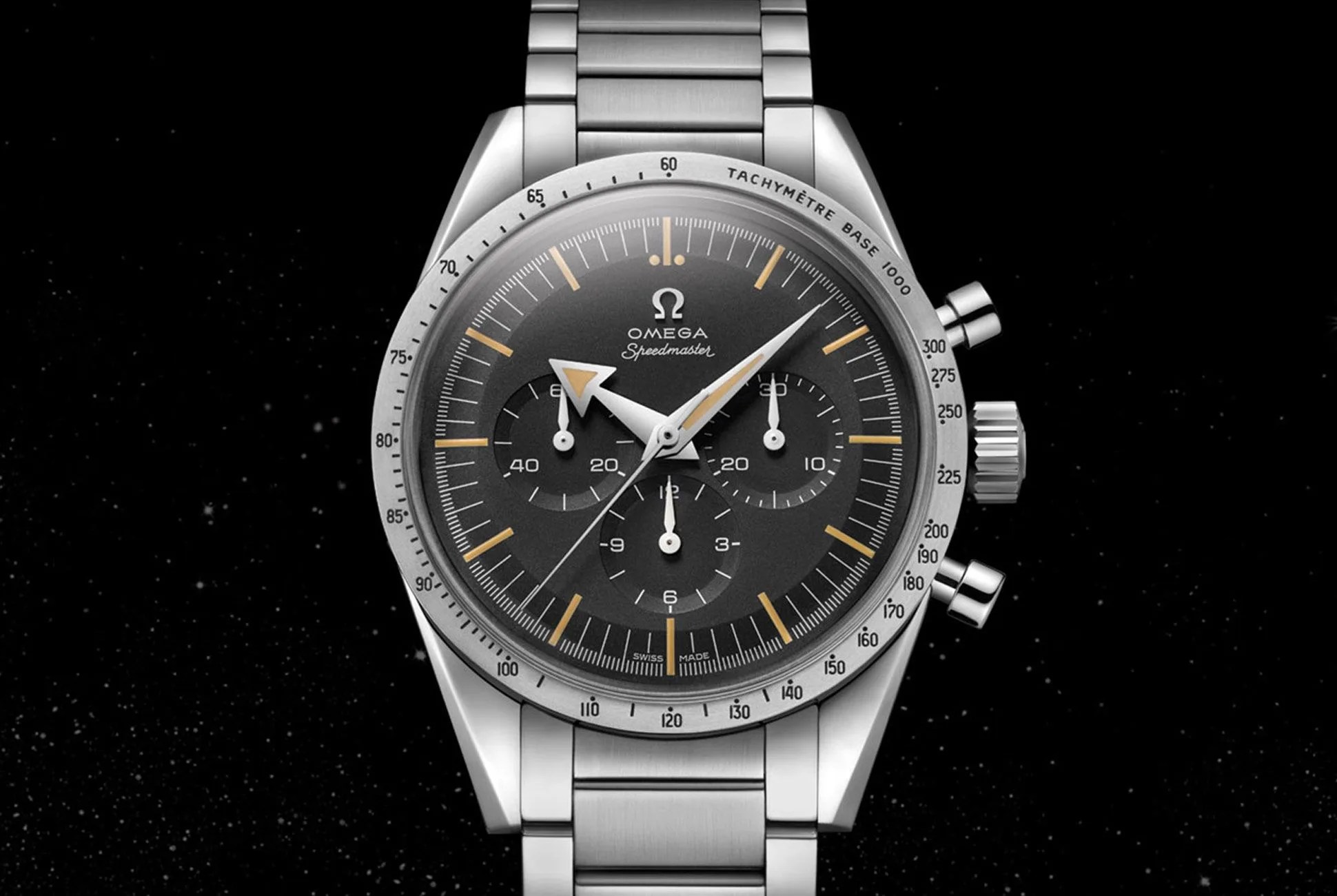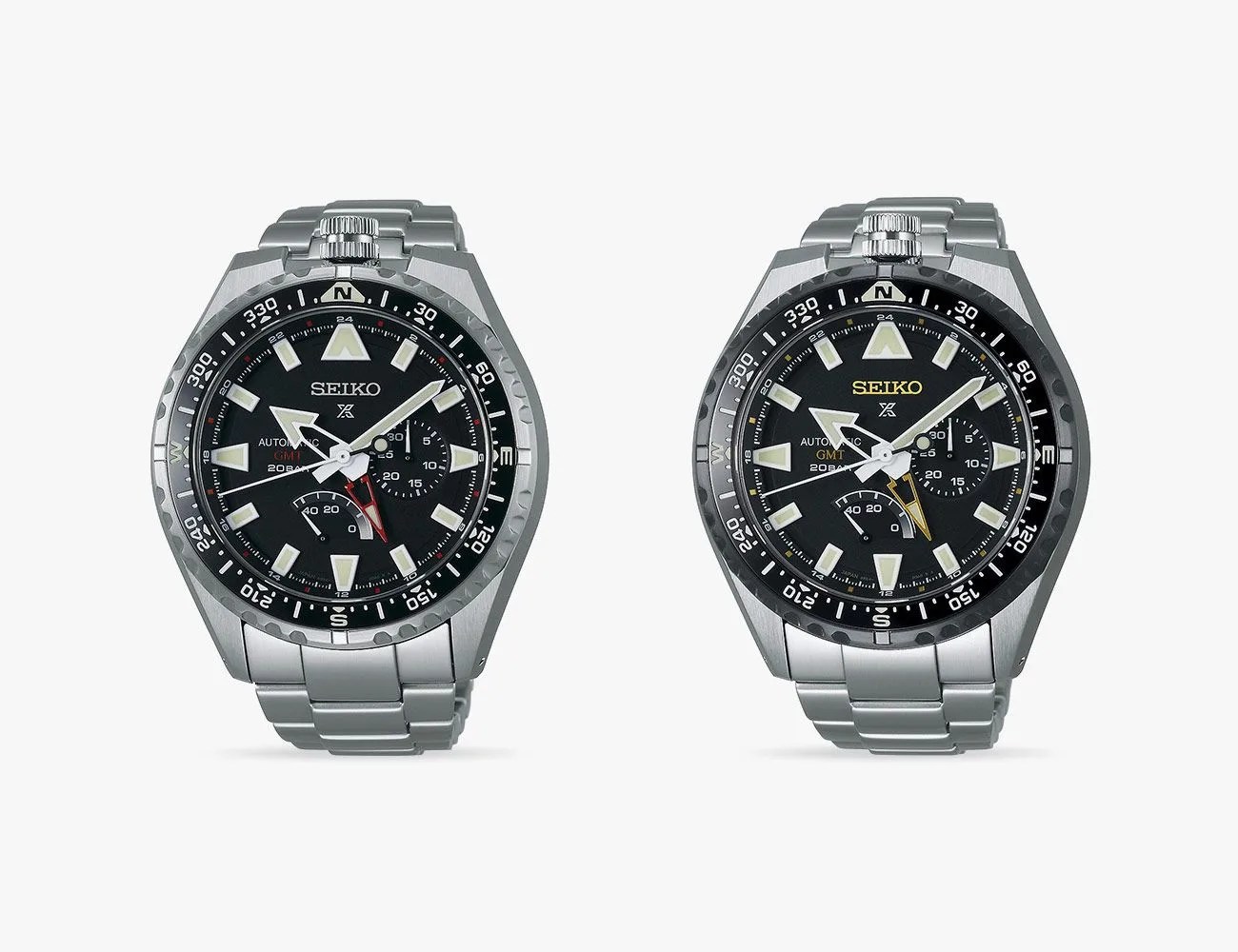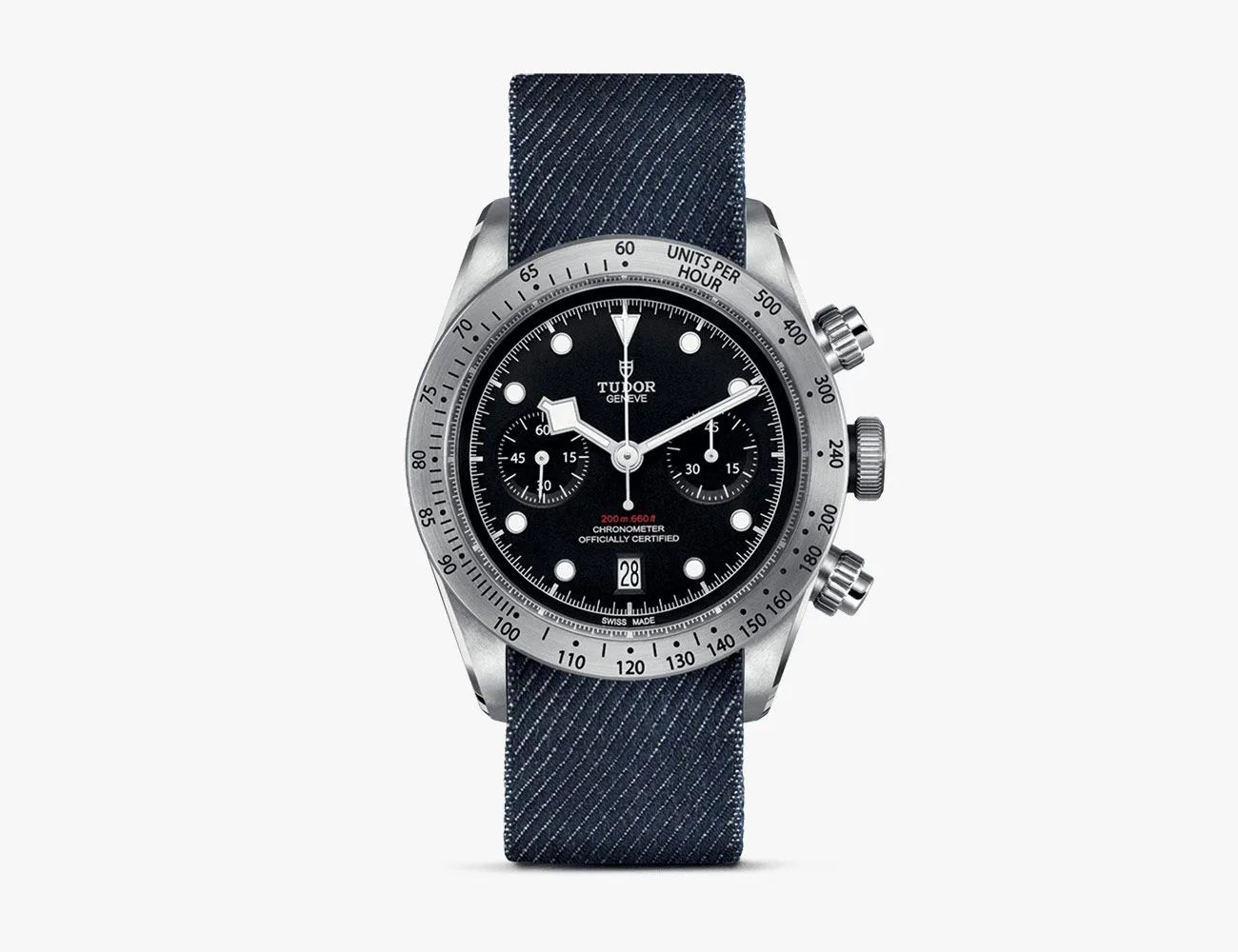Baselworld begins later this week, and with it will come a bevy of new watches. Baselworld and SIHH (which we covered in January) make up the two big watch shows of the year, and while SIHH is a small show mostly showcasing Richemont’s high-end horology, Baselworld has everything. From everyday brands, like Citizen and Bulova to high-end watchmakers like Rolex and Omega, to the very top echelon of watchmaking, like Patek Phillipe and Breguet — It’s all there.
That’s what’s particularly exciting about Baselworld: there’s something for everyone, at every price range, and within a few short days we’ll have a very holistic view of what’s happening in the watch world for 2018. What will Rolex bring? What vintage watch will get reissued next? Will a new release take everyone by surprise? Or will we just be treated to a slew of predictable special editions?
It’s impossible to really know any of these things for sure, but we can take a look at prevailing trends from years past, look for significant anniversaries, and consider this year’s pre-Basel releases to look for answers.
Ongoing Trends
Vintage designs will prevail. The use of vintage-inspired designs is certainly nothing new, but they continue to become stronger and more accurate to the original designs. Take last year’s Omega Trilogy, for example, which used a high-tech scanning process to reproduce the dials of the original Speedmaster, Seamaster and Railmaster. Or Seiko’s spot-on recreation of its first dive watch. Or even Rado’s accurate re-release of the Captain Cook diver. Given their popularity with enthusiasts, we’d expect to see more of the same with an emphasis on smaller case sizes and truly vintage recreations of the original watches’ dial designs. Watchmakers will continue to plumb the depths of their archives and will likely bring lesser-known references, too.

Watchmakers (slowly) embrace technology. Just in the last year, we’ve seen watchmakers attempt to incorporate more modern innovations into an otherwise archaic technology. Ressence’s E-Crown concept from SIHH this year is a great example of a brand being able to use electronics to improve (rather than replace) a mechanical movement. Frederique Constant also recently created a hybrid smartwatch that uses a mechanical watch as the base, rather than quartz. It’s possible that we might see more efforts to create an electronically-augmented mechanical watch at this year’s show. The “smartening” of lower-end quartz watches will continue, too, and we’re already seeing hybrid smartwatches become a bigger part of watches from brands like Casio and Fossil. Further, newer, more efficient materials like silicon are widely becoming the norm in lower cost watches (think the Tissot Powermatic 80 Chronometer and the Baume & Mercier Baumatic of this year’s SIHH). Expect to see more of that, as well as other movement refinements.
Accessibility and value are key. “Affordable,” is a tempting word to use, but it’d be a bit misleading as affordability is so absurdly relative in watchmaking. But creating accessible watches that pack a lot of value is important in convincing new luxury watch buyers to get with the program. This was certainly something we saw a lot of at SIHH this year with super premium brands, but its happening with all kinds of brands at Baselworld, too. Tudor’s current push to imbue its lineup with in-house movements without altering prices is certainly an example of a higher-end brand trying to offer more value for money. Meanwhile, Tissot’s recent addition of the Swissmatic movement (based on Swatch’s autonomously-produced Sistem51) is a more dramatic example of how Swiss watches are trying to widen their appeal by making more accessible mechanical watches.



